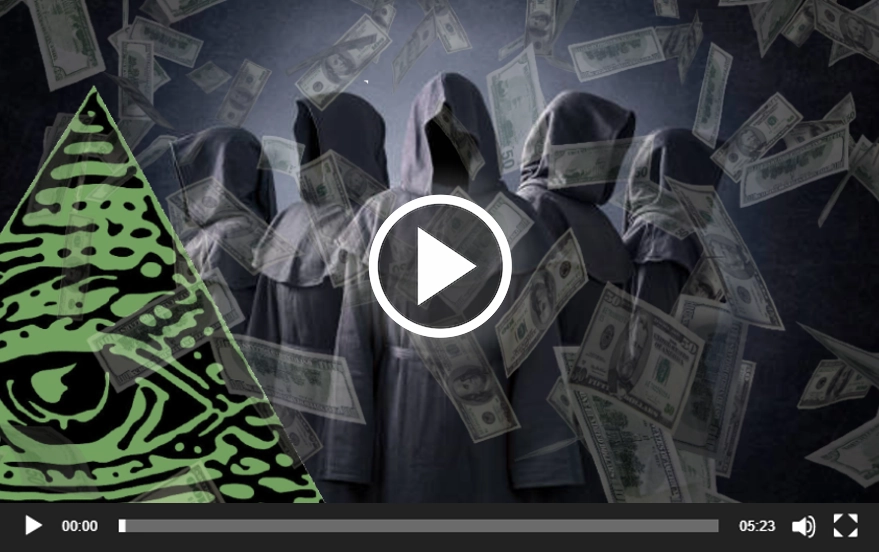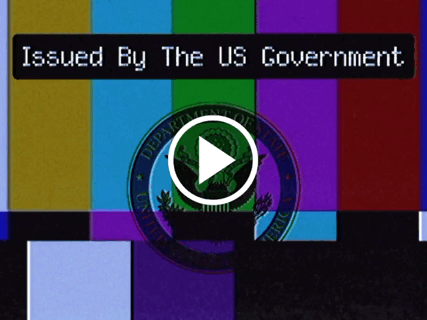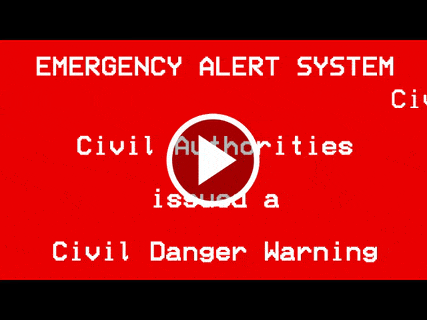Dial your memories back to the 1980s – an era of power dressing, chunky personal computers, and the ever-amusing Clara Peller. In 1984, Peller starred in a Wendy’s commercial that would become an unexpected pop-culture sensation. Peller, playing the role of a disgruntled customer, received a towering hamburger bun with an almost comically minuscule beef patty. In an instant that has since echoed across the decades, she asked the million-dollar question, “Where’s the beef?“
Flash forward to the recent Vilnius-hosted NATO Summit on July 11-12, and the spirit of Clara Peller seems to have reincarnated in an unlikely figure: Volodymyr Zelensky, the President of Ukraine. Going into the two-day summit, Zelensky held great expectations for his nation’s future within the NATO alliance. Yet, what he received, to the surprise of many, was a proverbial “nothing-burger.”
The summit promised to showcase NATO’s unity and resolve against the looming shadow of Russia and its involvement in the ongoing Ukrainian conflict. Whispers of Ukrainian membership in NATO filled the air, creating a charged atmosphere of hope and trepidation. However, the cold realities of diplomacy and conflict management cast long shadows over these optimistic murmurings.
As the summit discussions progressed, it became evident that the idealistic hopes for Ukraine’s membership were impracticable, if not outright dangerous. Invoking Article 5 of the NATO charter would have put the alliance on a potential collision course with a nuclear Russia. This realization quashed any immediate aspirations for Ukraine’s induction into NATO, leaving Zelensky and his delegation in an unenviable position.
The working strategy for the summit was clear, yet incredibly risky: empower Ukraine to launch a massive counteroffensive, breaking through Russian defenses and driving to the Sea of Azov. By cutting off the land bridge between Crimea and Russia, NATO hoped to force Russia into negotiations, thereby ‘freezing’ the conflict. This strategic stalemate would have, in theory, allowed Ukraine to join NATO while still safeguarding against future Russian offensives.
In preparation for the summit, Ukraine had committed significant resources towards the offensive, even deploying its new NATO-trained assault brigades. Yet, the results fell far short of the expected victory. Instead of a triumphant breakthrough, the Ukrainian forces suffered devastating losses, both in terms of personnel and their much-vaunted NATO-provided weaponry.
This stark reality check forced NATO to reassess their approach towards Ukrainian membership. Instead of a clear pathway to induction, NATO vaguely stated that they would extend an invitation “when conditions are met.” As a meager consolation, they offered up the establishment of a NATO-Ukraine Council, promising continued support.
The gulf between the expectations and the actual outcomes of the summit was starkly evident. Zelensky found himself in an unenviable position, seemingly echoing Clara Peller’s iconic line, “Where’s the beef?” His pleas for tangible support fell on deaf ears as he confronted the reality of a battlefield increasingly defined by NATO’s previous commitments.
NATO’s well-intentioned but ultimately futile support strategy came into question. In the quest to deter Russia, the alliance had inadvertently brought about a dire situation for Ukraine. Hundreds of thousands of Ukrainian soldiers faced potential death, and the nation’s armories and coffers were drained. The beef – the substantive commitment that Ukraine hoped for – was conspicuously absent.
Meanwhile, US President Joe Biden chimed in, stating that Ukraine was “not ready for membership in NATO” and calling such dialogue “premature.” He proposed that membership discussions could only occur after a peace agreement with Russia was in place. This essentially meant Ukraine had to defeat Russia on the battlefield before the membership process could proceed.
This bleak predicament left Zelensky, akin to a fast-food customer promised a juicy burger, with nothing but a large, empty bun. Despite the gallant portrayal of him as a modern-day Winston Churchill, the NATO summit relegated him to a bit player in a theater of global politics. Forced to ask, “Where’s the Beef?“, Zelensky found himself playing a character in a tragic opera, scripted by forces beyond his control.
In the end, as he grapples with the weight of a conflict that has devolved into a war of attrition, one has to wonder if Clara Peller’s rhetorical question isn’t as applicable today as it was decades ago. But this time, the stakes are not just about a hamburger. They concern the fate of nations, global alliances, and the balance of power in an ever-shifting geopolitical landscape. The question remains: How many more times will nations be left asking, “Where’s The Beef?“







